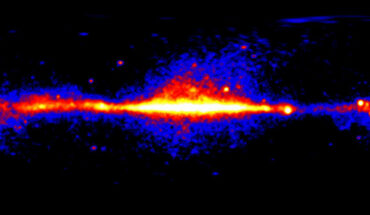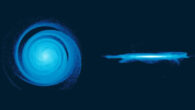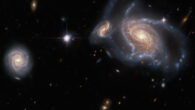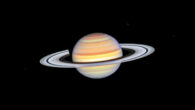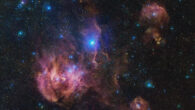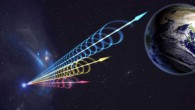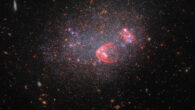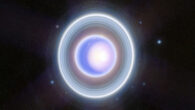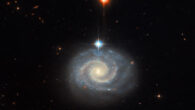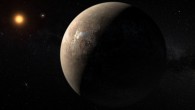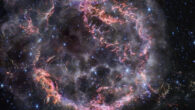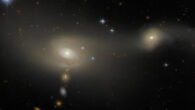A new movie from NASA’s Fermi mission shows the intensity of gamma rays — the highest-energy form of light — with energies above 200 million electron volts (MeV) detected by Fermi’s Large Area Telescope between August 2008 and August 2022. For comparison, visible light has energies between 2 and 3 electron volts. Brighter colors mark the locations of more intense gamma-ray sources. “The bright, steady gamma-ray glow of the Milky...

